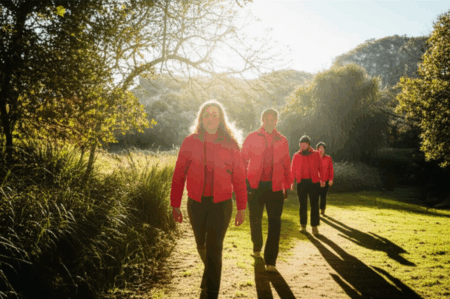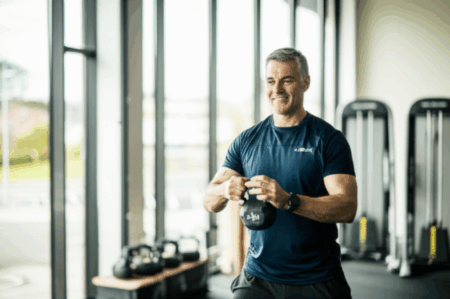In a world brimming with fleeting fitness fads and extreme workout regimes, the quest for lasting health can feel overwhelming. Many embark on intense journeys only to find themselves burned out, injured, or back to square one. But what if the secret to lifelong fitness isn’t about grand, unsustainable gestures, but rather the consistent practice of simple, powerful habits? The truth is, permanent well-being is forged through small, meaningful daily choices that compound over time, supporting both your physical and mental health.
This guide will unveil seven fundamental fitness habits designed not for temporary results, but to embed a foundation of strength, resilience, and energy that can sustain you through every stage of life. By adopting these actionable strategies, you can transform your relationship with health, making fitness an enjoyable and inherent part of who you are, rather than a demanding chore.

1. Consistent & Varied Physical Activity: Move Your Body Daily
Regular physical activity is the cornerstone of lifelong fitness, offering immense benefits for cardiovascular health, muscle strength, bone density, and mental well-being. The key isn’t necessarily intense, grueling workouts every day, but rather consistent movement that your body can sustain and enjoy.
Embrace a Mix of Exercise Types
To ensure comprehensive fitness and reduce the risk of injury, it’s crucial to incorporate a variety of activities. The National Institute on Aging recommends a combination of aerobic, muscle-strengthening, and balance activities each week for older adults.
- Aerobic Exercise: This strengthens your heart and lungs. Activities like brisk walking, cycling, swimming, dancing, or jogging are excellent choices. Aim for at least 150 minutes of moderate-intensity or 75 minutes of vigorous-intensity aerobic activity per week. Even short bursts of activity, like a 10-minute walk, contribute significantly.
- Strength Training: As we age, we naturally lose muscle mass and bone density, making strength training vital to combat this decline. Incorporate exercises using body weight, resistance bands, or free weights at least twice a week, targeting all major muscle groups (legs, hips, chest, back, abdomen, shoulders, and arms). This helps maintain strength, posture, and mobility.
- Flexibility and Balance: Activities like yoga, Pilates, or Tai Chi improve flexibility, balance, and coordination, reducing the risk of falls and improving joint health. Stretching should also be a regular part of your routine.
Consistency Over Intensity
One of the biggest hurdles is maintaining an exercise routine. Finding activities you genuinely enjoy is paramount, as this makes exercise feel like a reward rather than a chore, significantly increasing adherence. Start small, set achievable goals, and gradually increase frequency, intensity, and duration. Remember, regular movement is as essential as balanced nutrition for optimal health.

2. Prioritize Nutrient-Dense Whole Foods: Fuel Your Body Wisely
What you eat profoundly impacts your body’s performance, energy levels, and overall vitality. Lifelong health demands a focus on nourishing your body with nutrient-dense foods that support your immune system, aid recovery, and protect against chronic diseases.
Build Your Plate Around Whole Foods
A healthy diet comprises a variety of foods, including staples like cereals, legumes, fruits, vegetables, and lean protein sources.
- Fruits and Vegetables: These are essential sources of vitamins, minerals, dietary fiber, plant protein, and antioxidants. People who consume diets rich in fruits and vegetables have a significantly lower risk of obesity, heart disease, stroke, diabetes, and certain cancers. Aim to fill half your plate with these vibrant foods.
- Whole Grains: Opt for whole grains like oats, brown rice, and whole-wheat bread. They are high in dietary fiber, which can help lower cholesterol and improve heart health.
- Lean Proteins: Include lean sources of protein such as fish, chicken, beans, lentils, tofu, and nuts. Protein is crucial for muscle repair and growth, and these options can also help lower the risk of heart disease and obesity.
- Healthy Fats: Incorporate healthy fats found in olive oil, avocados, nuts, and fatty fish like salmon, which are rich in omega-3 fatty acids and support heart and brain health.
Limit Processed Foods and Added Sugars
Reduce your intake of highly processed foods, sugary drinks, and foods high in saturated and industrially-produced trans fats. These contribute to chronic inflammation, obesity, type 2 diabetes, and other health problems. Small, consistent changes, like swapping sugary beverages for water, can lead to significant health improvements. Mindful eating and controlling portion sizes are also key for long-term weight management and overall health.

3. Master the Art of Recovery and Quality Sleep
In our fast-paced world, recovery is often overlooked but is as vital as exercise itself for lifelong fitness. Your body needs adequate rest to repair muscle fibers, replenish glycogen stores, balance hormones, and prevent injury and mental burnout.
Prioritize 7-9 Hours of Quality Sleep
Sleep is foundational. Aim for 7 to 9 hours of quality sleep each night. During sleep, your body undertakes crucial repair processes, burns fat, and balances hormones. Consistent sleep rhythms—going to bed and waking up at similar times daily—can significantly improve mood, sharpen memory, reduce cravings, and lower the risk of heart disease.
Embrace Rest Days and Active Recovery
Listen to your body’s signals. Symptoms like persistent muscle soreness, fatigue, decreased performance, or irritability indicate a need for rest.
- Rest Days: Schedule at least one complete rest day every 7-10 days to allow your body to recover and adapt.
- Active Recovery: On other days, consider light activities like walking or gentle yoga to promote blood flow, reduce lactic acid buildup, and alleviate muscle soreness without overstressing your system. Techniques like foam rolling and stretching also help muscle repair and alleviate tension.
Creating a wind-down routine before bed, avoiding screens, and limiting caffeine and alcohol can all contribute to better sleep quality and enhanced recovery.

4. Hydration: The Unsung Hero of Health
Staying adequately hydrated is one of the simplest yet most impactful habits for maintaining overall health and fitness. Water is essential for countless bodily functions, including digestion, temperature regulation, nutrient absorption, and joint lubrication.
Drink Water Throughout the Day
Make hydration a consistent habit. Start your day with water to rehydrate your body after hours of rest and kickstart your metabolism. Carry a water bottle with you to serve as a constant reminder to sip throughout the day. Aim for at least eight glasses of water daily, adjusting based on your activity levels and climate.
Hydration and Exercise Recovery
Proper hydration is critical for exercise performance and muscle recovery. Dehydration can impair your muscles’ ability to repair themselves, leading to prolonged soreness and fatigue. Drink water before, during, and after exercise sessions. For intense workouts or hot weather, sports drinks with electrolytes can help replenish lost minerals, though for most people, water and a balanced diet suffice.
Replacing sugary drinks with water, seltzer, or unsweetened tea is a straightforward way to improve your hydration and reduce unnecessary sugar intake.
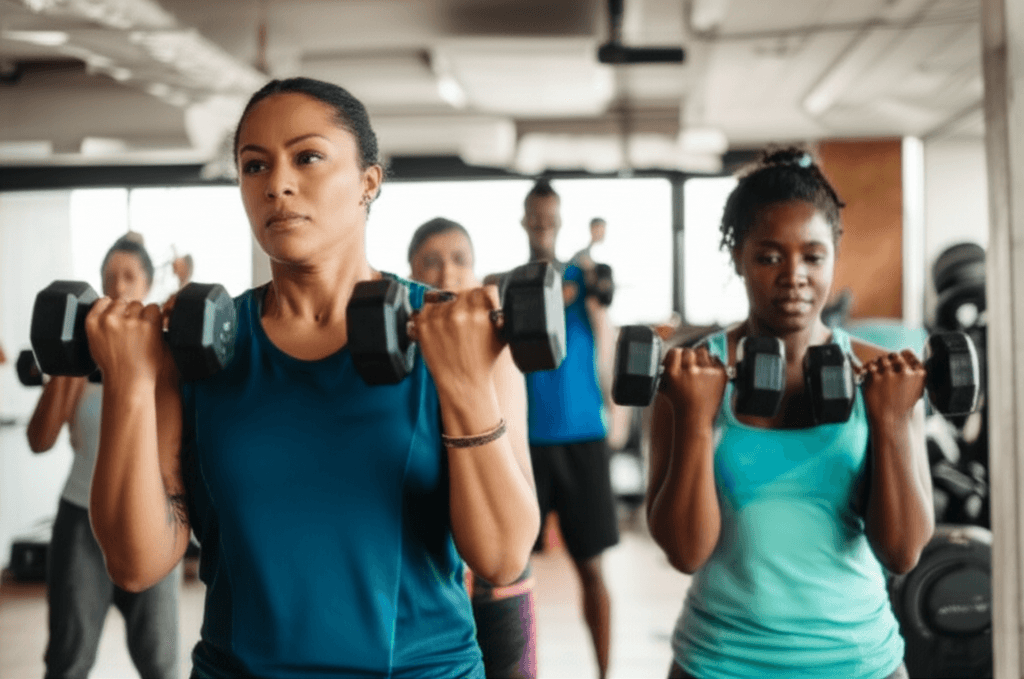
5. Cultivate a Growth Fitness Mindset
Your mindset profoundly influences your motivation, resilience, and ultimately, your fitness results. Approaching physical activity with a positive, growth-oriented mindset can transform exercise from a dreaded obligation into an enjoyable and empowering part of your life.
View Exercise as Nourishment, Not Punishment
Shift your perspective: instead of seeing exercise as a way to “burn off” unhealthy food or as punishment, view it as nourishment for your body and mind. This shift fosters a love for movement and an appreciation for the journey of improvement. A fitness mindset means you see exercise as something you get to do because you enjoy it and see yourself as an active person, rather than something you have to do to avoid negative outcomes.
Set Realistic, Process-Oriented Goals
Focus on setting goals related to learning new skills, improving techniques, or increasing your understanding of your body, rather than solely on aesthetic or outcome-based goals. This helps build confidence and provides continuous motivation. Embrace challenges as opportunities for growth and understand that setbacks are a natural part of the learning process. Developing “grit”—combining persistence, ambition, and self-discipline—is essential for sticking with your goals through obstacles.
Positive self-talk and reframing your relationship with physical activity are crucial. Choose empowering language for yourself, identify your personal “whys” for moving, and frame the “movement game” in a way that inspires you.

6. Integrate Movement into Everyday Life
You don’t need dedicated gym sessions to be active; every bit of extra activity counts. Building movement into your daily routine is a powerful way to achieve long-term fitness, making physical activity an automatic part of your life without requiring significant extra effort.
Maximize “Micro-Movements”
Look for opportunities to move more throughout your day:
- Take the Stairs: Opt for stairs instead of elevators or escalators whenever possible.
- Park Further Away: Park at the far end of the parking lot to get extra steps in.
- Walk or Bike for Errands: For short distances, choose walking or cycling over driving.
- Movement Breaks: If you have a desk job, stand up and move around every hour, stretch, or take a short walk. Even doing simple exercises while watching TV can add up.
Find Purposeful Activity
Combine physical activity with other goals or enjoyable parts of your life. Walk or cycle to work, join a sports club to socialize, or choose activities that allow you to spend more time outdoors, like hiking or gardening. These purposeful activities provide more gratification and make consistency easier. The goal is to make movement a natural, enjoyable, and integrated part of your existence.
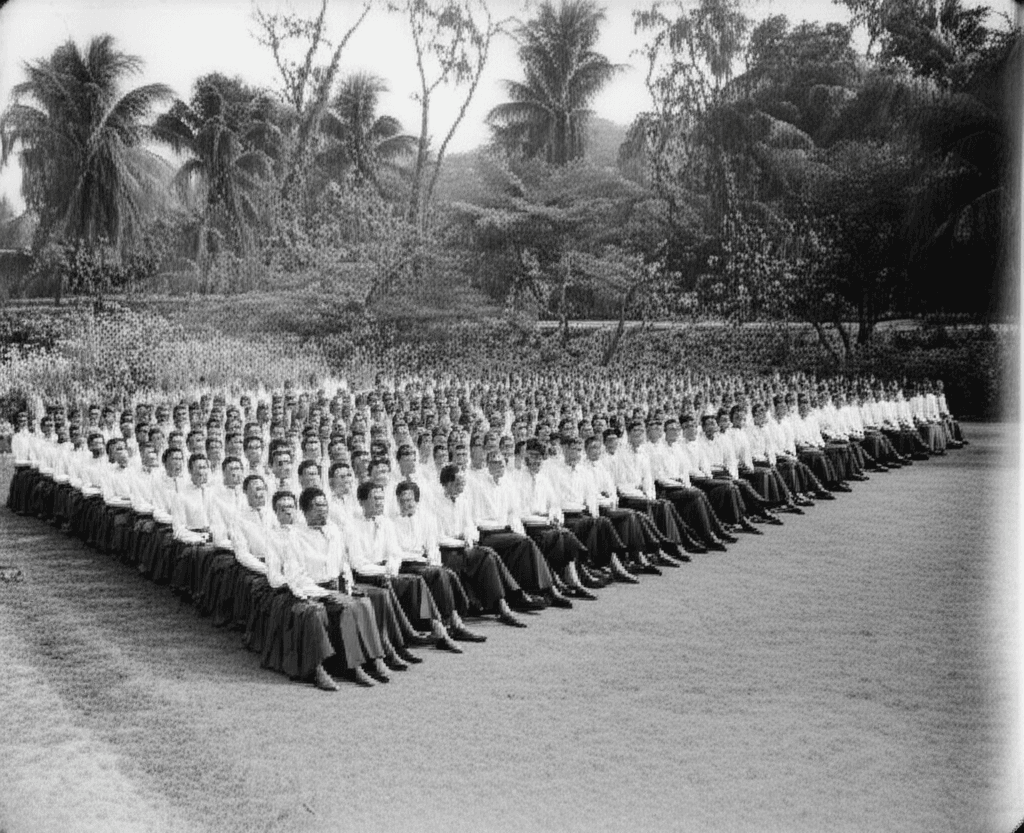
7. Practice Mindful Adaptation and Self-Care
Lifelong fitness isn’t about rigid adherence to a perfect plan; it’s about consistency, adaptability, and listening to your body’s evolving needs. Life happens—injuries, stress, travel—and your fitness routine needs to be flexible enough to accommodate these changes without derailing your progress entirely.
Listen to Your Body
Pay close attention to how your body feels. This includes recognizing signs of fatigue, persistent soreness, or a decrease in performance, which can indicate a need for more rest or a reduction in intensity. Pushing too hard when your body needs a break can lead to injury or burnout. If an exercise feels too strenuous, or a weight too heavy, adjust accordingly.
Adapt Your Routine, Don’t Abandon It
When disruptions occur, modify your workouts rather than skipping them entirely. This might mean shorter, less intense sessions, or choosing different types of activities. The goal is to prioritize movement over perfection. For instance, if you usually run but your knees are bothering you, try swimming or cycling. As you age, for example, your routine might shift to incorporate more low-impact activities like water exercise, chair yoga, or Pilates, which are gentle on joints.
Allow yourself flexibility and rest without guilt. Remember, the objective is long-term consistency, not strict adherence every single day. Cultivating self-compassion and celebrating small wins along the way will help you stay motivated and build lasting healthy behaviors.
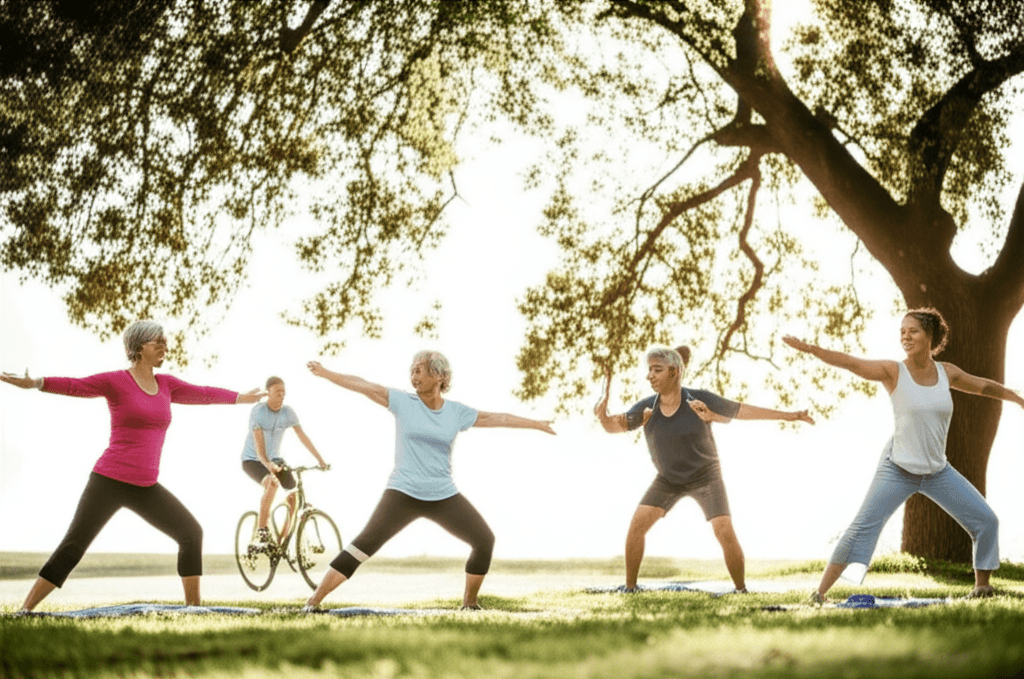
Embracing a Lifetime of Wellness
Achieving lifelong fitness is not a destination but a continuous journey built on a foundation of simple, consistent, and adaptable habits. By consciously integrating consistent movement, balanced nutrition, adequate recovery, proper hydration, a positive mindset, and everyday activity into your life, you empower yourself to live a healthier, more vibrant existence. These habits, though seemingly small, possess the collective power to transform your health trajectory, ensuring you stay fit, strong, and healthy forever.




